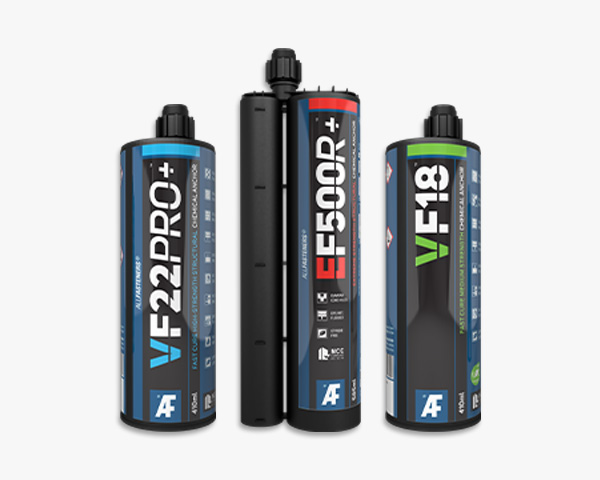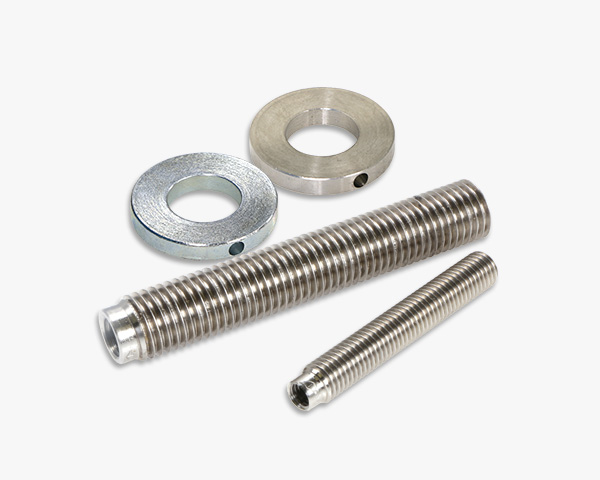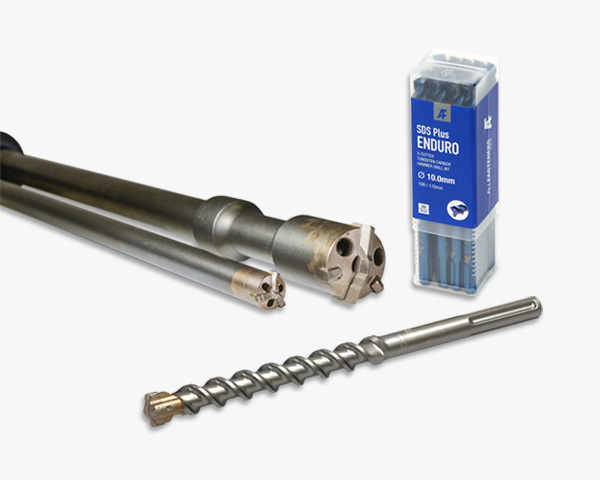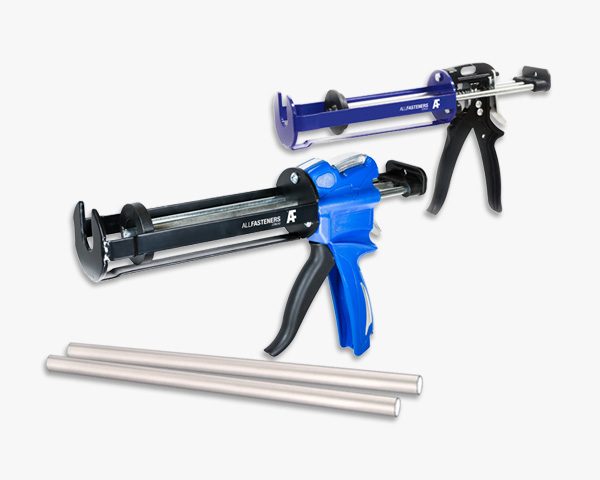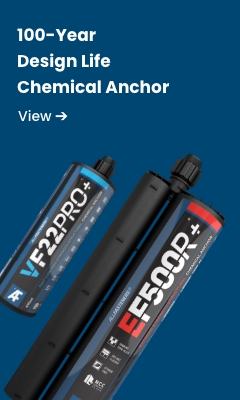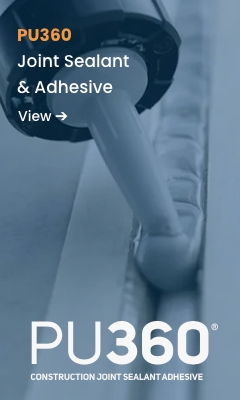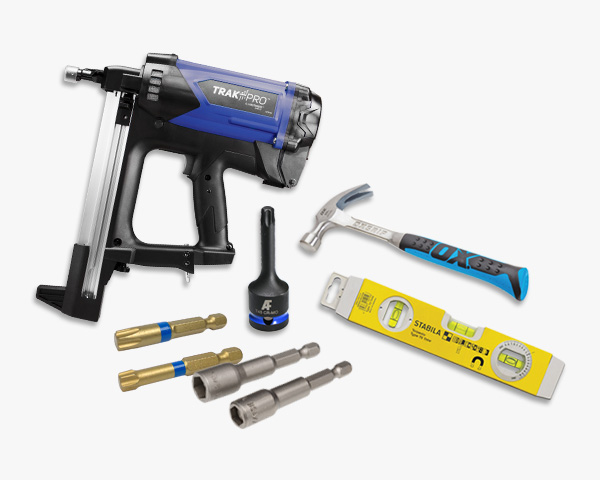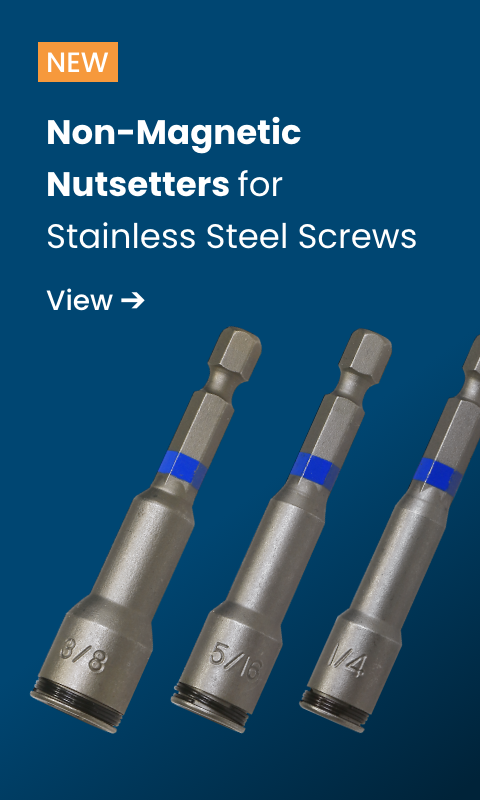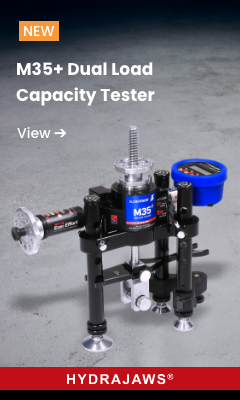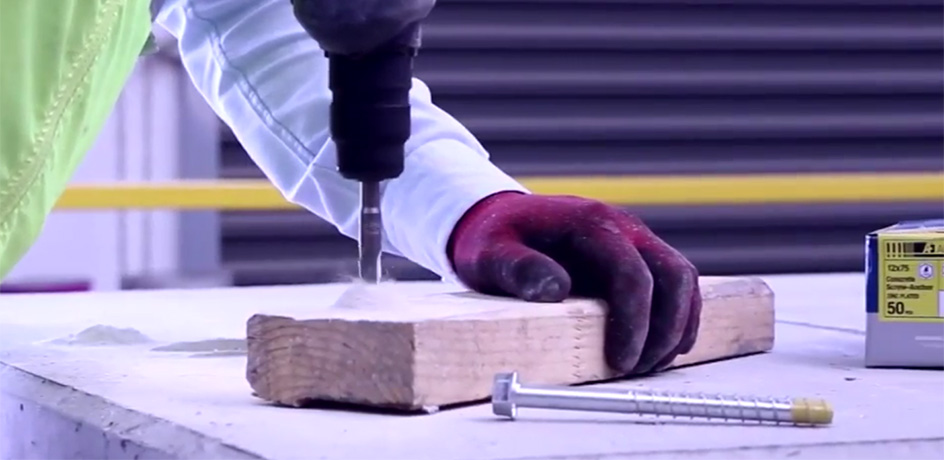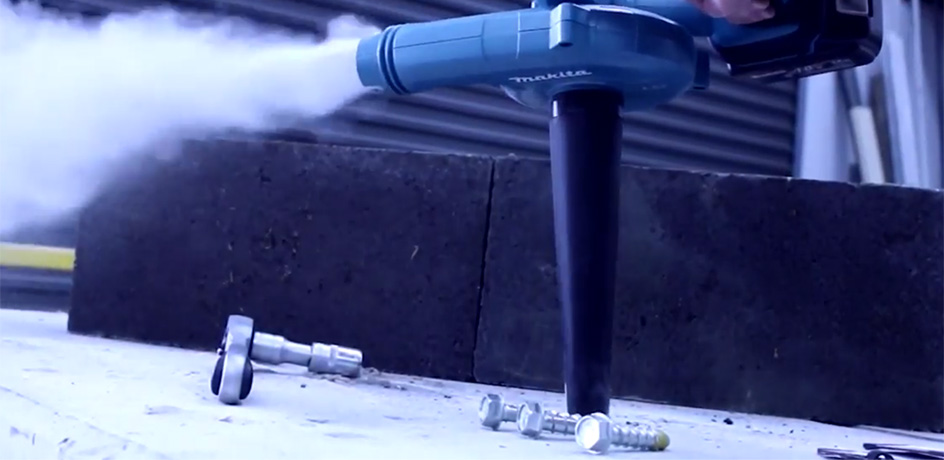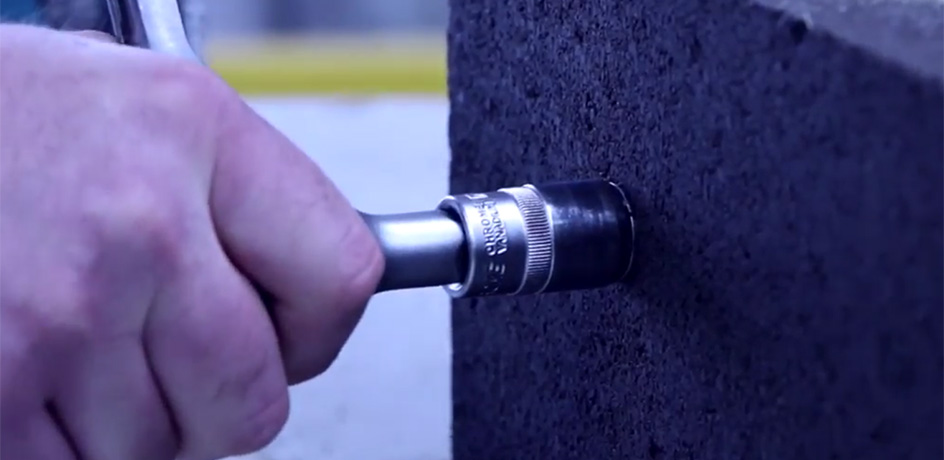Proper Installation of a Screw Anchor
How to Make Dos fom Do Nots
There’s no question that qualified tradespeople know what they’re doing once the apprenticeship is over. But are there any other things you can learn on the job when you’re established as a trustworthy contractor?
Yes, there are. Take this tip list for example, for helping you get better use and efficiency out of concrete screw anchors . Have a read…or pass this on to the apprentice…
Pre-Drilling Accuracy
When ‘x’ marks the spot for drilling a hole, don’t take the freehand shortcut; a rapidly-spinning drill bit can skid easily across surfaces like concrete – especially if it’s polished concrete. You’ll end up with either a hole in the wrong spot, or a hole in the right spot with an enlarged or irregular diameter, which can compromise an anchor’s grip.
Use the fixture as a template – if it’s timber, for example, drill the corresponding hole in the fixture first, and then match it up with the ‘x’ on the concrete. Send the hammer drill bit through the fixture, holding the timber still with the other hand. Have the SDS drill bit hard up against the substrate before starting.
And for depth? To gauge correct hole depth—especially if the substrate is only marginally thicker than the anchor’s length—hold the anchor against the drill bit and use a permanent marker to show where to stop drilling to. Also, you can use a spare brick to measure where the cavities are so you can avoid drilling into them. And don’t forget to factor-in the fixture depth, too!
Be Clean, Install Well
After the hole is drilled, the concrete screw anchor needs the cleanest area possible to be driven into. A lot of people will use a bottlebrush-style wire stick, which is fine. But – it isn’t thorough, and the debris left behind can greatly affect an anchor’s grip. In addition to or instead of doing it manually, use a hand pump, compressed air or vacuum – like the Makita Hole Blower . For the Makita tool, for example, we suggest removing the nozzle and placing it over the suction fan – extracts dust instead of compacting it in the bottom of the hole.
Drive Easy, and Economically
A lot of blokes have strong hands and don’t know their strength. Yes, it is concrete you’re screwing into, but no, no extra pressure or tightening is required. The screw anchor’s thread is tough and cuts itself in in a self-tapping fashion with very little force. An impact wrench or even a hand tool will do the job.
If any resistance is experienced, unscrew the anchor slightly, to use the thread to extract debris. Then screw-in again.
In hollow brick or block material in particular, do not over-torque the anchor. As a non-expanding anchor, grip occurs as soon as the anchor is in the substrate.
Recommended Uses
These types of anchors can pretty much be used in any situation where things need fixing to concrete. They are a fast and super-strong solution for carpentry, racking installation and concrete formwork, and many more applications.
Questions?
If you suspect that you’re using concrete screw anchors in a way that could be improved, get in touch with a supplier who are experts in All Things Fixings.





